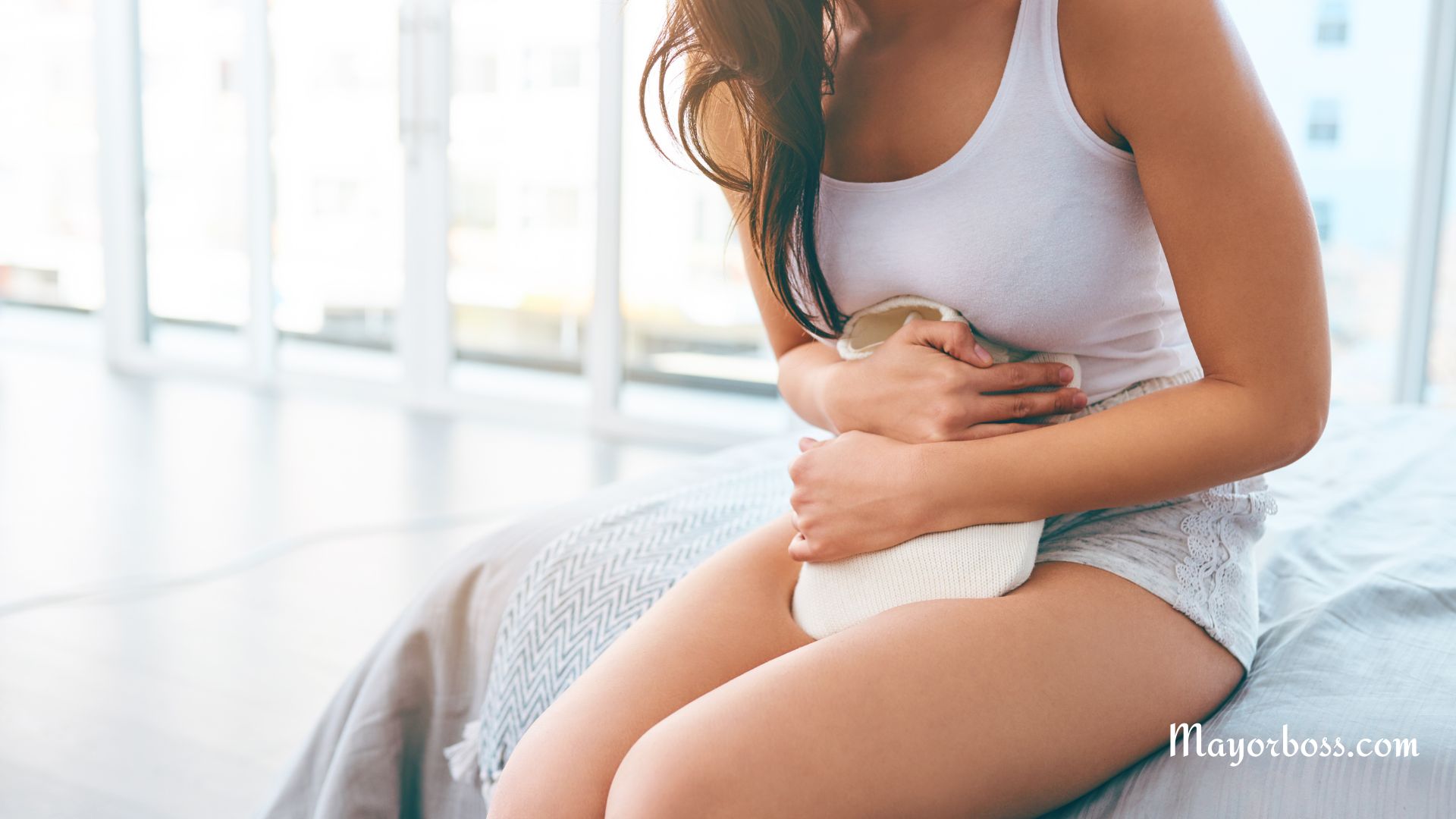How to Manage Menstrual Cramps
Menstrual cramps, a common experience for many, affect about 3 in 4 women at some point in their lives. It can range from mildly annoying to seriously disruptive. However, monthly cramps don’t have to be unease. Fortunately, you have various strategies at your disposal to treat and prevent them effectively. I’ll guide you through the most effective methods to manage menstrual cramps in this article.
How to Get Relief From Menstrual Cramps

Nonsteroidal Anti-Inflammatory Drugs (NSAIDs)
NSAIDs like ibuprofen are often effective in reducing menstrual cramp pain. They work by lowering the production of prostaglandins, the chemicals responsible for uterine contractions.
Heat Therapy
Applying heat to your lower abdomen can soothe uterine muscle contractions. A heating pad, hot water bottle, or warm bath can relieve the pain.
Herbal Remedies
Some find relief in herbal teas and supplements. For instance, ginger, fennel, and chamomile have properties that can help reduce inflammation and ease pain. However, consult a healthcare professional before trying herbal remedies, especially if you have other health conditions or are on medication.
Massage Therapy
Massage, particularly abdominal massage, can help relieve menstrual cramps. It improves circulation and relaxes the uterine muscles, which can lessen pain.
Diet Adjustments
What you eat plays a crucial role. Foods rich in omega-3 fatty acids, magnesium, and vitamins E, B1, and B6 can help reduce inflammation and cramp severity. Also, staying hydrated helps, as dehydration can worsen cramps.
Acupuncture and Acupressure
These traditional Chinese medicine techniques can help alleviate menstrual cramp pain. They involve stimulating specific points on the body to balance energy flow.
Regular Exercise
Regular physical activity can significantly alleviate menstrual cramps. Exercise acts as a natural painkiller. You don’t need to engage in intense workouts; even a brisk walk or light yoga can make a difference.
Stress Management
Stress can exacerbate menstrual cramps. Techniques like deep breathing, meditation, or yoga can help manage stress and, consequently, reduce the severity of cramps.
Anti-inflammatory Foods
Incorporate more anti-inflammatory foods into your diet. Foods like turmeric, berries, and leafy greens can help reduce inflammation and, in turn, alleviate cramp pain.
Limiting Certain Foods and Drinks
Reducing intake of caffeine, sugar, and salty foods can also help. These can exacerbate bloating and inflammation, making cramps feel worse.
Essential Oils
Some essential oils, like lavender, clary sage, and marjoram, are known for their pain-relieving properties. Used in aromatherapy or massage (when diluted with a carrier oil), they can provide some relief from cramps.
Sleep Hygiene
Improving sleep quality can also impact menstrual cramps. Good sleep helps regulate hormone levels and can reduce the severity of cramps.
Posture Correction
Sometimes, poor posture can exacerbate menstrual pain. Ensuring that you sit and stand correctly, especially during your period, can make a difference.
Hormonal Contraceptives
For some, hormonal contraceptives like birth control pills can reduce menstrual cramp intensity. They work by thinning the uterine lining and reducing uterine contractions.
Prescription Pain Relievers
If over-the-counter medications aren’t effective, your doctor might prescribe stronger pain relievers. These can offer more significant relief but should be used as directed by a healthcare professional.
Tracking and Understanding Your Cycle
Menstrual Cycle Tracking
Keep track of your menstrual cycle. Understanding the patterns of your cycle can help you prepare for and manage cramps more effectively.
Symptom Diary
Maintaining a symptom diary can be enlightening. It helps in identifying any triggers or patterns associated with your menstrual cramps, aiding in better management.
Seeking Professional Help
Gynecologist Consultation
If menstrual cramps are consistently severe, a consultation with a gynecologist is crucial. They can diagnose any underlying conditions and recommend appropriate treatments.
Pelvic Physical Therapy
For some, pelvic physical therapy can be beneficial. It focuses on strengthening and relaxing the pelvic floor muscles, which can help in reducing menstrual pain.
